Introduction Blog Posts

Using the Chatbot Window in COMSOL Multiphysics®
COMSOL Multiphysics® version 6.3 introduced the Chatbot window. Explore a few examples that demonstrate how this functionality can serve as a helpful modeling assistant.
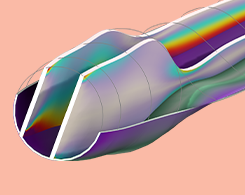
Introduction to the Composite Materials Module
Explore the Composite Materials Module, an add-on to COMSOL Multiphysics® that includes specialized functionality for modeling layered composite structures.
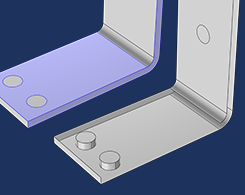
New Course on Navigating the COMSOL Multiphysics® User Interface
Get an overview of our new 8-part course on building efficient and accurate models with the COMSOL Multiphysics® UI.
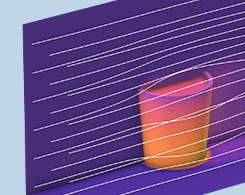
Introduction to Modeling Evaporative Cooling
From meteorology to food processing, evaporation has many industrial and scientific applications. Here, we give an introduction to modeling evaporation with the Heat Transfer Module.

Customize the COMSOL Desktop® and Learn Keyboard Shortcuts
Want to make your modeling processes more efficient? Check out these tricks for customizing the COMSOL Desktop® as well as a variety of useful keyboard shortcuts.
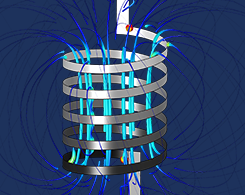
Gaining Understanding of Complex Phenomena with Virtual Laboratories
Virtual laboratories make complex scientific phenomena accessible for students. See examples from the University of Hartford, Virginia Commonwealth University, and the University of Dayton.
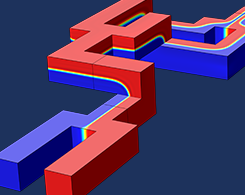
How to Create an App with CAD Import and Selections
What if you want to create an app with CAD import functionality and interactive selections, but you don’t know any programming? The Form Editor in the Application Builder lets you do just that.

Using Web Browser Translation Tools for COMSOL Documentation
COMSOL documentation includes a lot of helpful information. Most web browsers include an automatic translation tool that enables you to read the documentation in the language of your choice.
